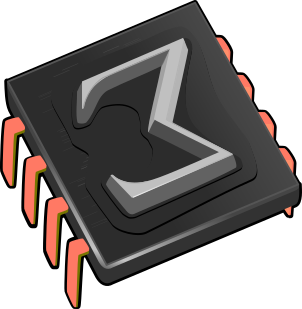 Customizing TeXmacs
Customizing TeXmacs
One major feature of TeXmacs is that it can be highly customized.
First of all, the most important aspects of the program can be configured in
1.Introduction to the Guile extension language
Like
http://www.gnu.org/software/guile/guile.html
If you have downloaded the source files of TeXmacs, then it may be interesting for you to take a look at the files
Guile/Glue/build-glue-basic.scm
Guile/Glue/build-glue-editor.scm
Guile/Glue/build-glue-server.scm
These three “glue” files contain the C++ routines, which
are visible within
2.Writing your own initialization files
When starting up, TeXmacs executes the file
$TEXMACS_PATH/progs/init-texmacs.scm
as well as your personal initialization file
$TEXMACS_HOME_PATH/progs/my-init-texmacs.scm
if it exists. By default, the path $TEXMACS_HOME_PATH
equals %appdata%\TeXmacs on
$TEXMACS_PATH/progs/init-buffer.scm
is executed, as well as
$TEXMACS_HOME_PATH/progs/my-init-buffer.scm
if it exists.
(when (buffer-newly-created? (current-buffer)) (set-style-list (append (get-style-list) '("CustomStyle"))) (buffer-pretend-saved (current-buffer)))
First we check whether the
3.Creating your own dynamic menus
You may define a menu with name
(menu-bind name .def )
or
(tm-menu ( name ) .def )
Here
$TEXMACS_PATH/progs/menu
in order to see how the standard TeXmacs menus are defined. In the
case of
More precisely, the program def in
(=> "pulldown menu name" menu-definition ) (-> "pullright menu name"menu-definition ) ("entry"action ) --- (ifcondition menu-definition ) (when condition menu-definition) (linkvariable ) (former)
The constructors
The constructor
If you declared a menu
Finally, new items may be added to any given menu a posteriori
using
(tm-menu (tools-menu) (former) --- ("New item" (noop)))
The main TeXmacs menus are:
-
texmacs-menu : contains the root entries of the main menu bar at the top of the window (or desktop underMacOS ). It useslink to displayfile-menu ,edit-menu ,insert-menu ,text-menu ,paragraph-menu ,document-menu andhelp-menu among others. -
texmacs-main-icons : contains the main toolbar, which typically features buttons to open and save files, copy and paste text, etc. -
texmacs-mode-icons : contains the icons which depend on the current editing mode, that is: mathematics, text, code, etc. -
texmacs-focus-icons : these icons change with the cursor. One should install here any icons that are specific to a particular tag or context. -
texmacs-extra-icons : custom icons for user extensions. -
texmacs-popup-menu : the menu which pops up when the user right-clicks on a TeXmacs document. Extending or replacing this menu is useful for instance for plugin writers: you may want to display some extra actions while removing others when the user in inside a session for your plugin.
4.Creating your own keyboard shortcuts
Keymaps are specified using the command
(kbd-map . keymaps )
Optionally, you may specify conditions which must be satisfied for the
keymap to be valid using the
(kbd-map (:mode in-math?) . keymaps )
specifies a list of keyboard shortcuts which will only be valid in
math-mode. Each item in
(key-combination action_1 …action_n ) (key-combinationresult ) (key-combinationresult help-message )
In the first case, the
5.Other interesting files
Some other files may also be worth looking at:
-
$TEXMACS_PATH/fonts/enc contains encodings for different TeX fonts.
-
$TEXMACS_PATH/fonts/virtual contains definitions of virtual characters.
-
$TEXMACS_PATH/langs/natural/dic contains the current dictionaries used by TeXmacs.
-
$TEXMACS_PATH/langs/natural/hyphen contains hyphenation patterns for various languages.
-
$TEXMACS_PATH/progs/fonts contains
Scheme programs for setting up the fonts.